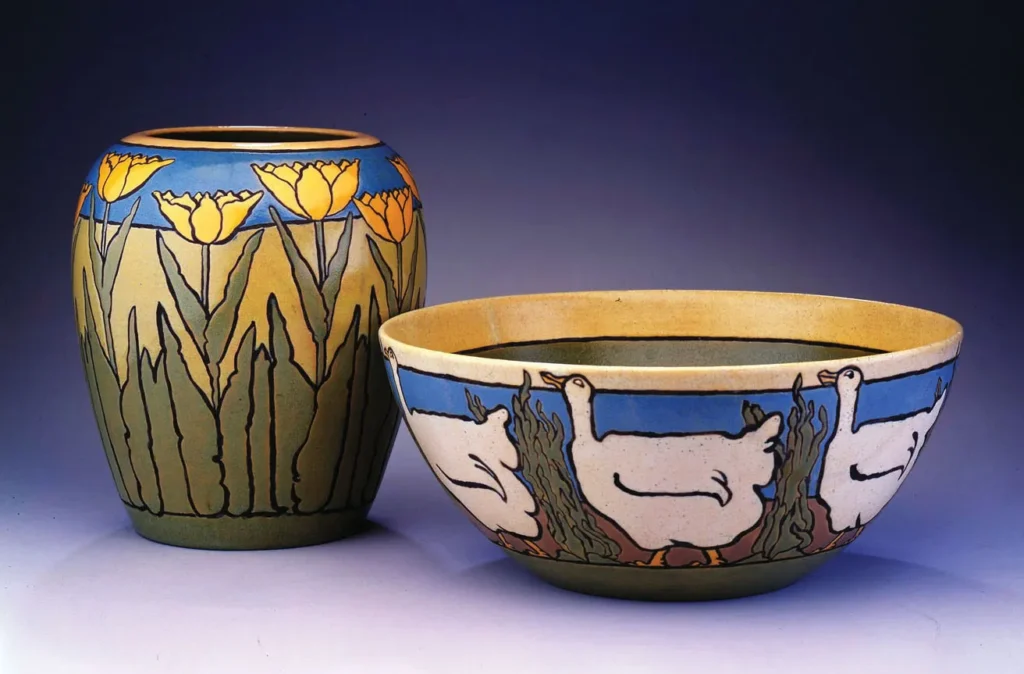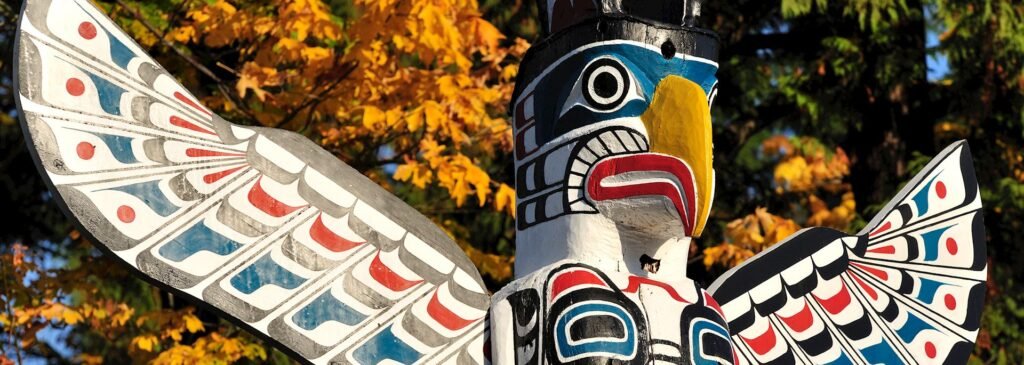Native Canadian culture, also referred to as Indigenous or First Nations culture, is a profound reflection of the history, traditions, and values of the original inhabitants of Canada. From intricate artwork and storytelling to spiritual practices and traditional ceremonies, Indigenous culture is an essential part of Canada’s identity. For cultural enthusiasts, travel bloggers, or history buffs looking to deepen their knowledge, this blog will provide insights into the unique traditions and contributions of Native Canadian communities.
Table of Contents
Who are the Indigenous Peoples of Canada?
The Indigenous peoples of Canada are the descendants of the country’s first inhabitants, long before European exploration. They consist primarily of three groups recognized in Canada’s Constitution Act (1982):
- First Nations – Traditionally lived in regions ranging from the coasts to the grasslands and forests.
- Métis – A distinct group with mixed Indigenous and European heritage, particularly French.
- Inuit – Indigenous peoples of the Arctic regions, having adapted to life in one of the harshest environments.
Each of these groups has contributed unique traditions, languages, and beliefs that together form the mosaic of Indigenous culture across Canada.
Key Elements of Native Canadian Culture
1. Art and Craftsmanship

Indigenous art is a dynamic and symbolic representation of Indigenous cultures, often reflecting their connection to nature, spirituality, and oral traditions.
- Totem Poles
Traditionally created by coastal First Nations, totem poles tell stories of lineage, significant events, or myths through their detailed carvings.
- Beadwork and Textile Art
Métis beadwork and First Nations textiles are considered iconic art forms, characterized by intricate designs and vibrant colors.
- Carvings and Sculptures
The Inuit’s soapstone carvings of Arctic wildlife and spiritual figures are globally admired artistic expressions.
2. Spirituality and Beliefs
A deep reverence for nature and balance is a shared belief across Indigenous communities. Spiritual practices revolve around interconnectedness with the earth, the elements, and all living beings. Common elements of spirituality include:
- Sweat Lodges – A cleansing and spiritual renewal ceremony.
- Smudging Practices – Burning sacred herbs like sage for purification.
- Dreamcatchers – Symbolic items believed to protect sleepers from harmful dreams.
3. Cuisine
Drawing on local resources, Indigenous cuisine reflects the land and seasons. Popular foods include bison, wild berries, bannock (a flatbread), and salmon. Many Indigenous communities also engage in sustainable farming and fishing practices that contribute to their holistic lifestyle.
4. Storytelling and Oral History
Stories passed down through generations serve as a way to teach morals, preserve history, and explain creation myths. These stories are shared through song, spoken word, and elaborate performances.
Some well-known Indigenous figures, like the Raven or Nanabush (a trickster spirit in Anishinaabe culture), are widely represented in Indigenous folklore across different nations.
| Aspect | Examples | Significance |
|---|---|---|
| Art | Totem Poles, Beadwork | Storytelling and cultural pride |
| Spirituality | Sweat Lodges, Smudging | Connection to nature and self |
| Cuisine | Bannock, Bison | Reflection of local resources and seasons |
| Storytelling | Trickster Spirits (Raven, Nanabush) | Oral preservation of history and guidance |
Notable Indigenous Contributions to Canadian Society
Language Revitalization
Of the over 70 Indigenous languages once spoken in Canada, many are endangered but efforts are being made to revitalize them. For example, the government has supported initiatives like region-specific language programs and preservation projects.
Environmental Stewardship
Indigenous communities are leaders in sustainable practices, advocating for the protection of natural resources and lands. They offer modern society lessons on harmony with nature and are involved in climate action projects.
Performing Arts
Powwow dances and drumming unite Indigenous communities and offer an enthralling cultural experience for observers. The annual Gathering of Nations Powwow is a vibrant celebration of dance, music, and Indigenous traditions.
Frequently Asked Questions (FAQ)
1. What is the difference between First Nations, Métis, and Inuit?
First Nations are Indigenous peoples traditionally settled throughout Canada, excluding the Arctic region. Métis refers to those of mixed Indigenous and European descent, while Inuit are native to the Arctic regions of Canada.
2. Can visitors attend Indigenous ceremonies?
Many Indigenous communities warmly invite visitors to learn about their culture through powwows or guided tours. It’s important to approach such experiences with respect and seek permission when necessary.
3. How can I support Indigenous communities in Canada?
Supporting Indigenous artisans, participating in local tours, donating to cultural programs, or learning about their history and issues (like the impacts of residential schools) are meaningful ways to contribute.
4. How many Indigenous languages are there in Canada?
There are over 70 Indigenous languages in Canada, grouped into 12 language families. Examples include Cree, Ojibwe, and Inuktitut.
5. Are there Indigenous landmarks to visit?
Yes! Landmarks like Haida Gwaii (BC), Manitoulin Island (Ontario), and the Canadian Museum of History in Gatineau reflect Indigenous history and culture beautifully.
Where to Go from Here
Native Canadian culture is more than just traditions—it’s a living, breathing legacy of resilience, creativity, and connection to the land. Whether you explore through art, cuisine, or storytelling, immersing yourself in Indigenous culture offers a powerful opportunity for learning and connection.
If you want to travel or write about Native Canadian culture, engage respectfully and seek authentic experiences to deepen your appreciation.


